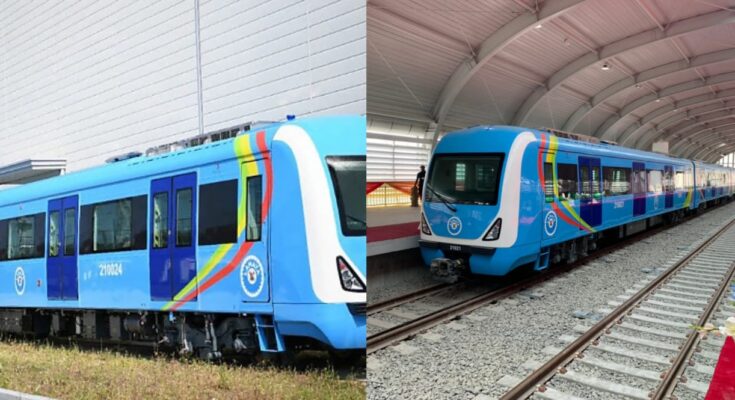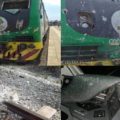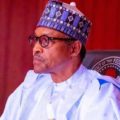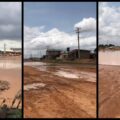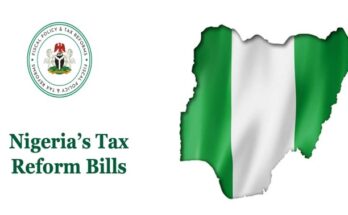To help with the terrible traffic in Lagos, the Ikeja Blue Railway was created. It is managed by the Lagos Metropolitan Transport Authority and backed by the government’s commitment to affordable transportation.
This railway system is set to transform the daily lives of Lagosians.
During a media briefing at the Marina terminal, Abimbola Akinajo, the Managing Director of the Lagos Metropolitan Transport Authority, announced that the Blue Line rail system is set to begin operations, offering transportation at a cost of N750.
Akinajo further revealed that the government’s 50 percent fare reduction, applicable to all government-owned transportation, will also apply to the Blue Rail line.
Although the railway system was commissioned by former President Muhammadu Buhari in January 2023, it faced delays, and the official commencement of commercial operations was postponed despite initial plans to start in the first quarter of the same year.
However, railway transport is mostly enjoyed by Lagosians today.
A Journey Through Time: The History of Ikeja Blue Rail
The idea of a rapid transit system in Lagos dates back to 1983, with the Lagos Metroline network conceived by Alhaji Lateef Jakande during the Second Nigerian Republic.
However, it was not until 2003, under the leadership of Governor Bola Tinubu, that the Lagos Metropolitan Area Transport Authority (LAMATA) formally announced the construction of the Blue Line rail at $135 million.
After years of delays, the rail system was finally commissioned in January 2023 by former President Muhammadu Buhari.
How to Ride the Railway
Boarding the Ikeja Blue Railway is easy:
Step One: Take a bus to Yaba en route to Ikorodu Road.
Step Two: From the Yaba bus stop, catch another bus to the Alagomeji station in Yaba, Lagos. The station entrance is conveniently located next to the Alagomeji bus stop.
Ensure you have a Cowry card, which serves as both your ticket to enter the train and your payment method for the ride.
Where Will It Take You?
The Blue Line station commences at Marina Station and proceeds through Ebute Ero and Iddo station, sharing the same path as the Red Line. It descends at Iganmu, connecting to the expanded Lagos-Badagry Expressway.
It stops at Alaba, Mile 2, Festac, Alakija, Trade Fair station, Volkswagen station, LASU, and finally reaches the Okokomaiko station.
The Red Line, on the other hand, runs from Marina to Agbado, passing through key areas such as Yaba, Mushin, Oshodi, Ikeja (where it links to the airport terminals), Agege, Iju, and Agbado. Passengers from the north will transfer at the Agbado interchange to continue their journey to Marina.
Things you should know about Ikeja Railway Transport
To fully enjoy the Ikeja Blue Railway, here are some key details to keep in mind:
- Familiarise yourself with the schedule, including morning and evening timings.
- Obtain a Cowry card, which is essential for entry and payment.
- Adhere to the no-drinking, no-smoking, and no-eating policy on board.
- The railway has four stations: Mile 2, Alaba, Iganmu National Theatre, and Marina.
- Don’t forget to “clock out” when you exit, as you may receive a refund on your Cowry card.
As the Ikeja Blue Railway gains popularity among Lagosians, it offers a promising solution to the city’s longstanding traffic challenges, ensuring a smoother, faster, and more enjoyable commute for all.

